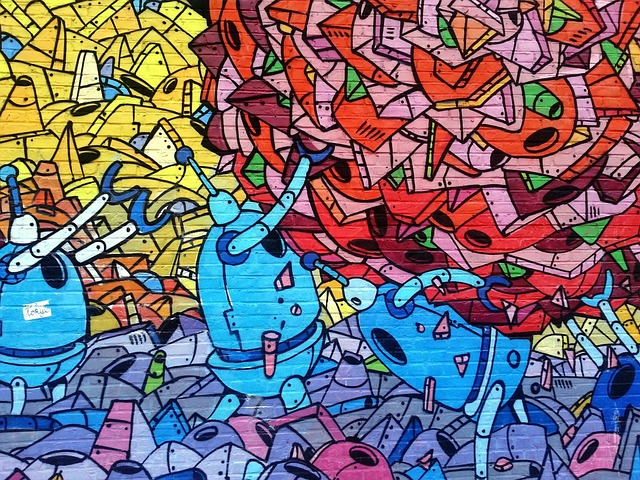In the realm of Architecture, the evolution of creative space design has transformed the way we interact with our environments. It’s not just about constructing buildings but about crafting experiences that inspire productivity, comfort, and innovation.
One of the most compelling trends in this field is the integration of adaptable spaces. These environments respond dynamically to the needs of their inhabitants, morphing effortlessly from collaborative hubs to tranquil retreats. Designers are increasingly leveraging modular furniture, movable partitions, and smart technology to realize such flexible spaces that invite creativity and foster well-being.
Another innovative approach is biophilic design, which incorporates natural elements into architectural spaces. From living walls to abundant natural light and organic materials, these features reconnect occupants to nature, stimulating both mental clarity and imaginative thinking. This connection to the outdoors is essential, especially as many urban dwellers seek refuge from concrete jungles.
The use of unconventional materials and forms has also expanded the boundaries of creative space design. Architects embrace curves, asymmetry, and textured surfaces to evoke emotional responses and challenge traditional aesthetics. By disrupting expectations, these spaces encourage occupants to think differently and engage their senses fully.
Technology plays a pivotal role as well, with augmented reality and interactive installations transforming static spaces into ever-evolving canvases. Such innovations enable users to personalize environments in real time, making the architectural experience both immersive and participatory.
Ultimately, creative space design in architecture reflects our desire to live and work in places that nurture originality and connection. It’s a continuous dialogue between human needs and spatial possibilities—one that redefines how creativity can flourish within walls.




